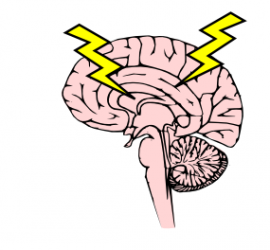Do fitter people experience less pain?
Regular exercise is well demonstrated to relieve pain in people with chronic pain (Busch et al, 2007) but exactly how exercise helps is not known. A growing body of evidence shows people with chronic pain who are fitter and more physically active experience less pain. Similar associations are apparent in […]





